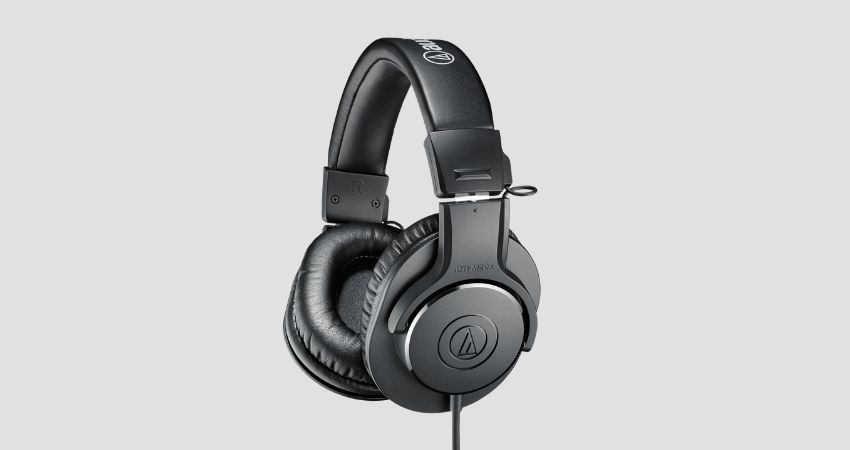FiiO Mont Blanc E12 Headphone Amp/DAC Review
It’s hard to underestimate the role Fiio has played in the affordable hi-fi market. The release of its devices have become a highly awaited event for thousands of music lovers around the world. The E12, a portable headphone amplifier that went by the code name “Mont Blanc,” is no exception.
The Fiio E12 is a portable headphone amplifier. It doesn’t have a DAC function like the E07 and E17, making it even better in its main function, sound quality. The amplifier is a combination of high-quality LME49710 and LME49600 operational amplifiers from Texas Instruments used to achieve a low distortion sound.
Portable amplifiers are mainly used to increase the volume of headphones. Apart from that, some of them are designed to improve the sound quality and be considered effective. Here, the device adds a lot of warmth to the recording and makes it a pleasure to listen to by providing good dynamics, good musicality, and lively and easy-to-understand music. This headphone amplifier has many qualities, but detail and soundstage are not high on the list; also, if your headphones’ sound signature is warm, combining them with FiiO E12 might spoil your enjoyment of the music.




